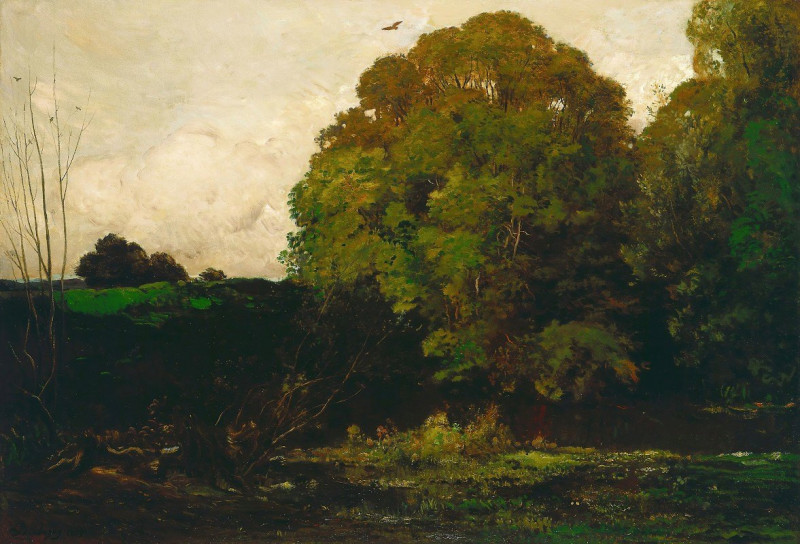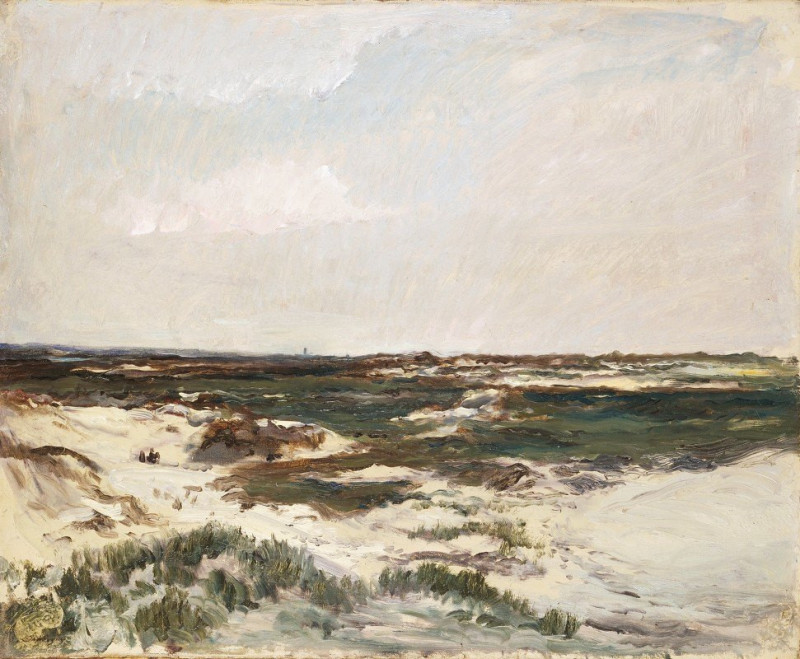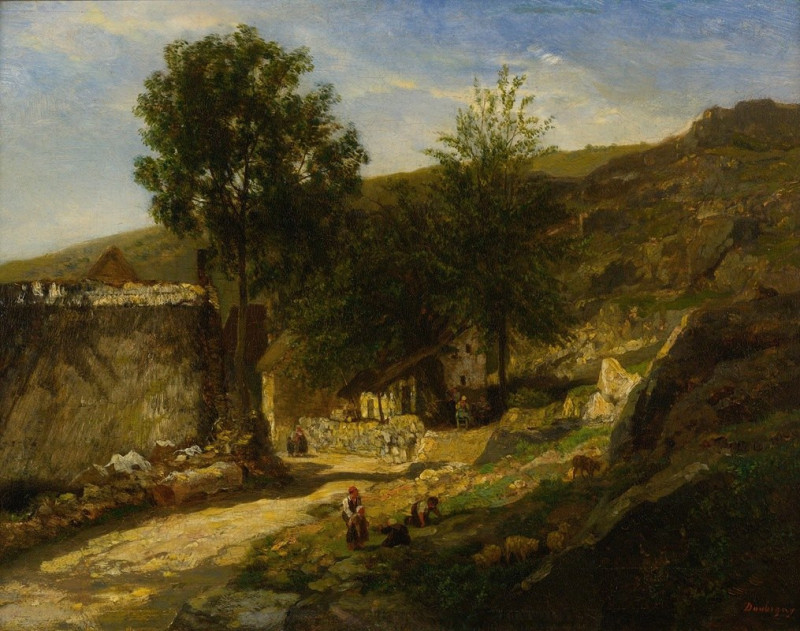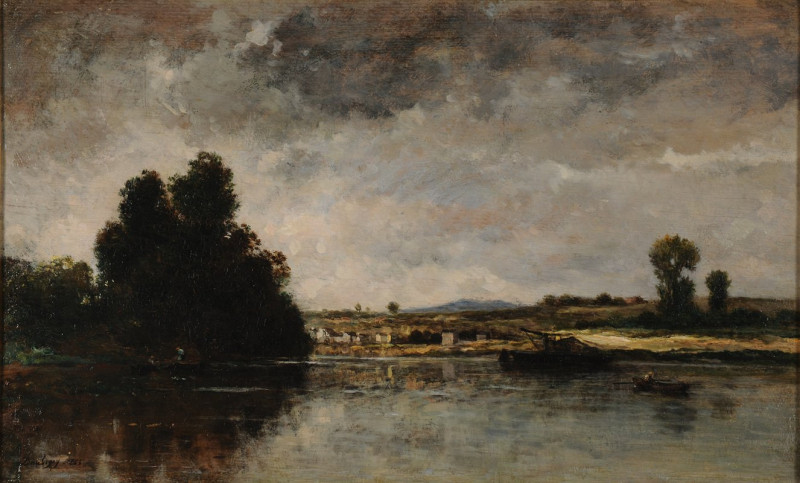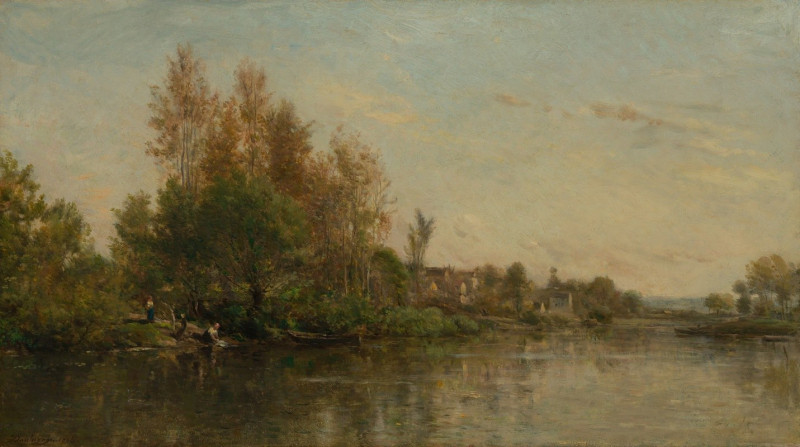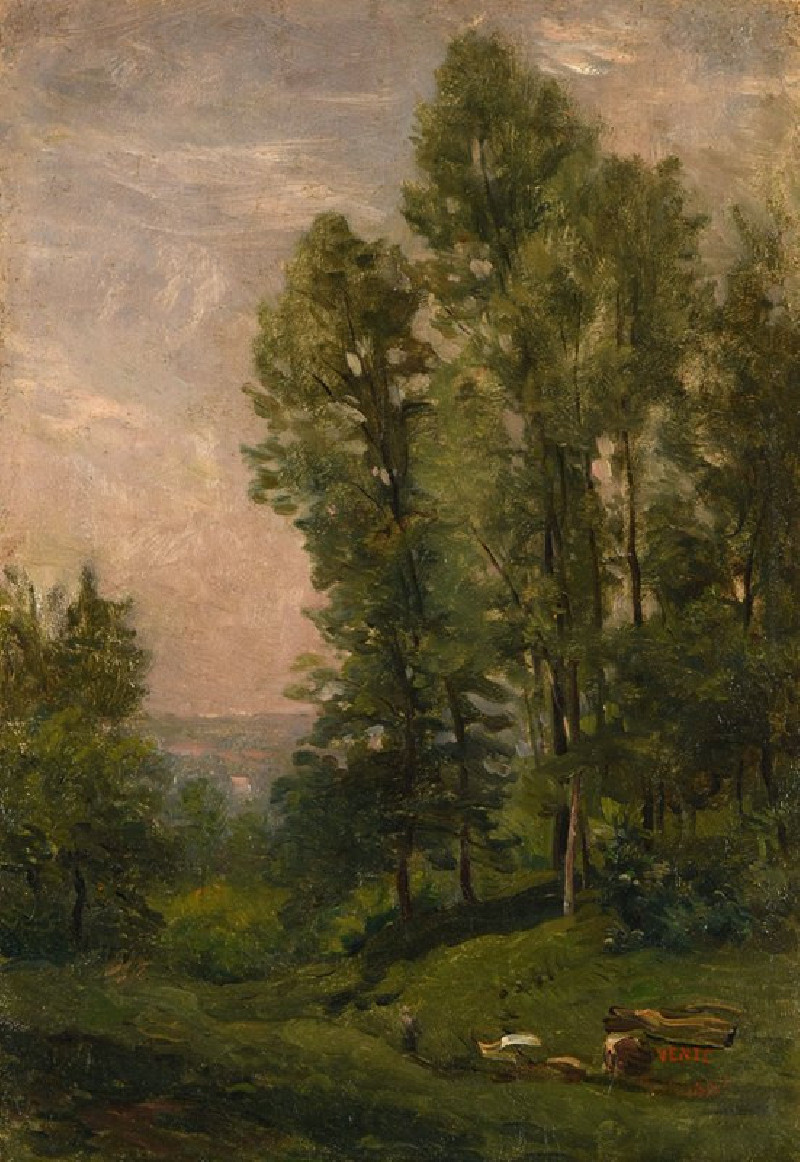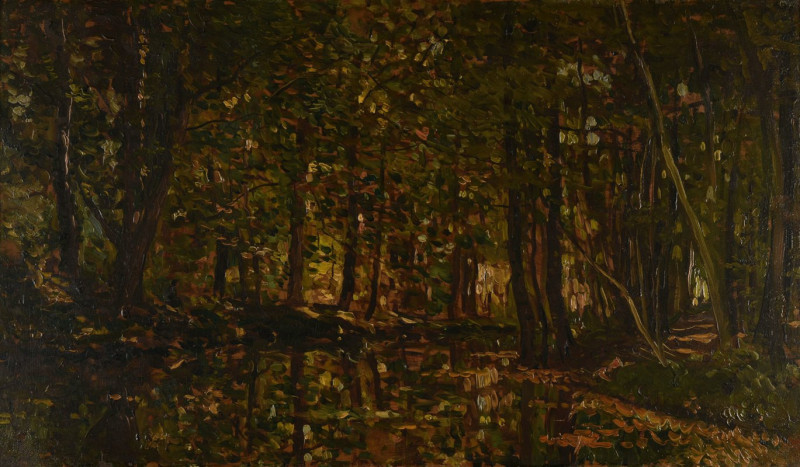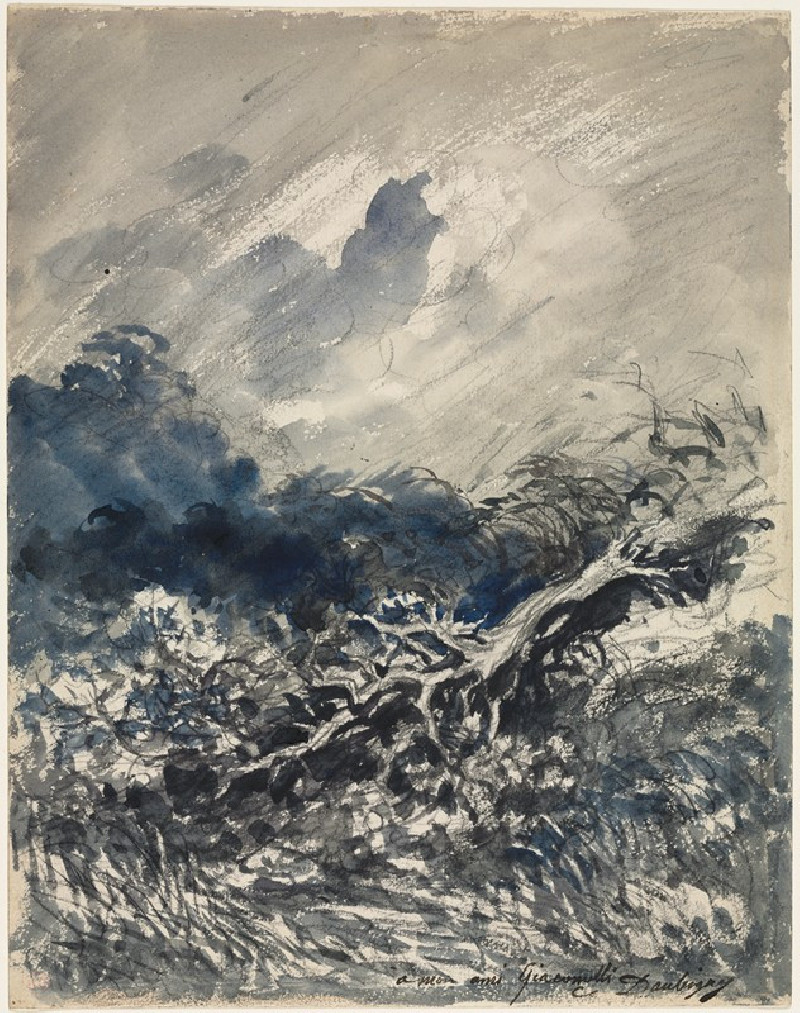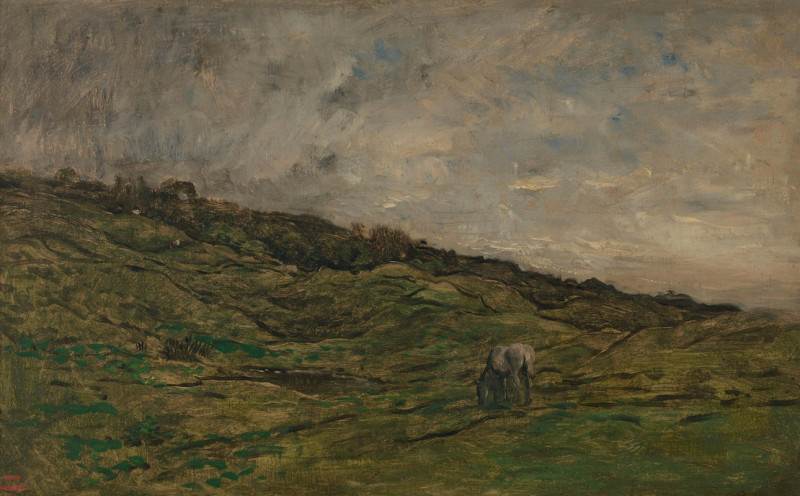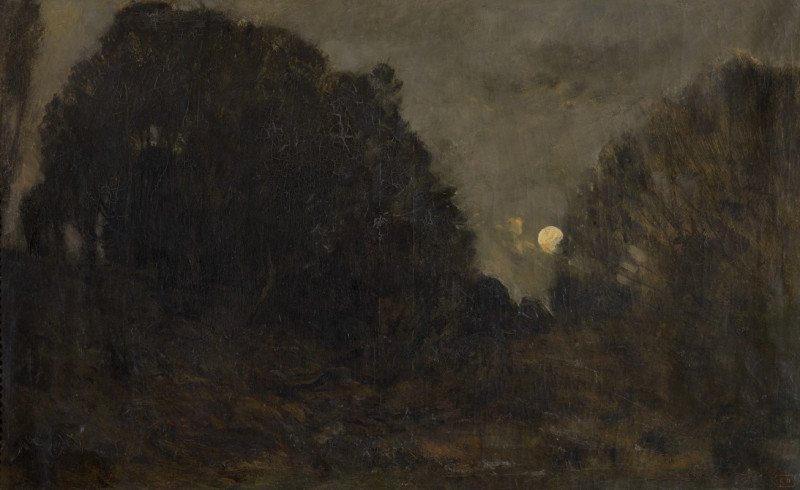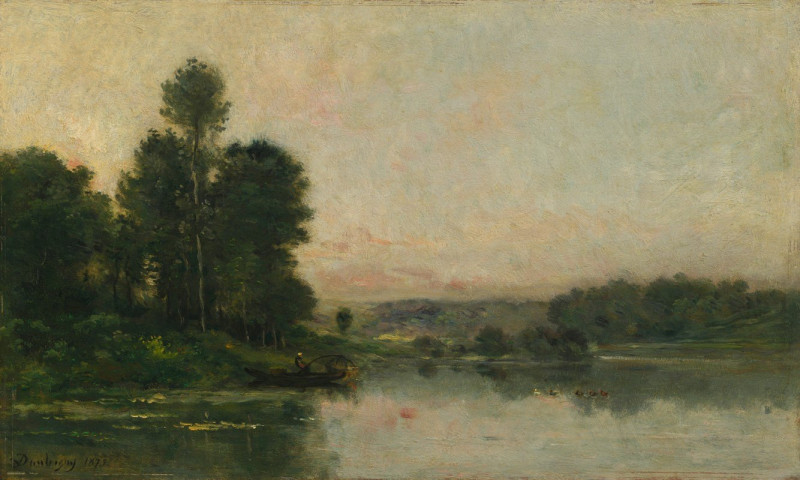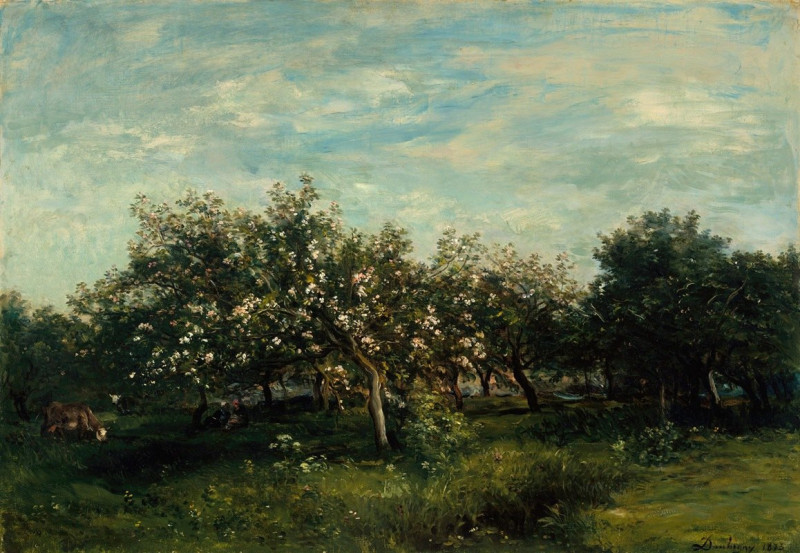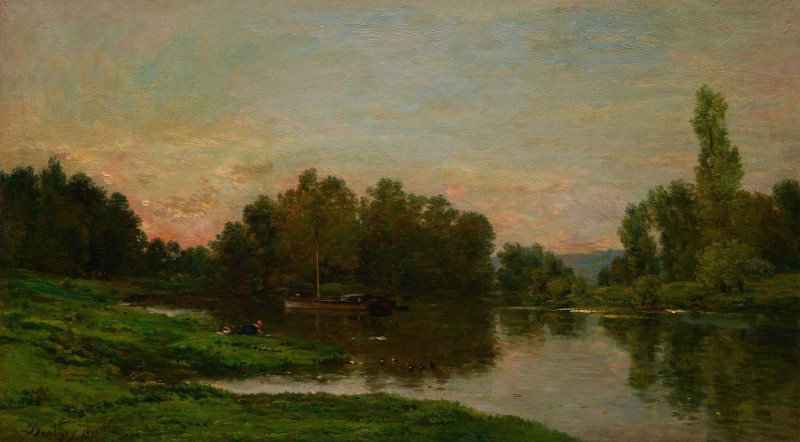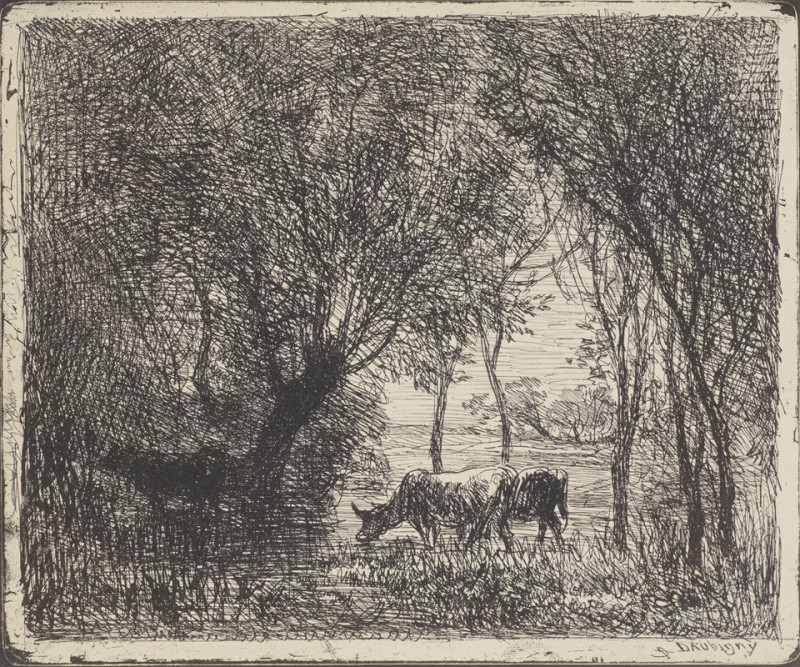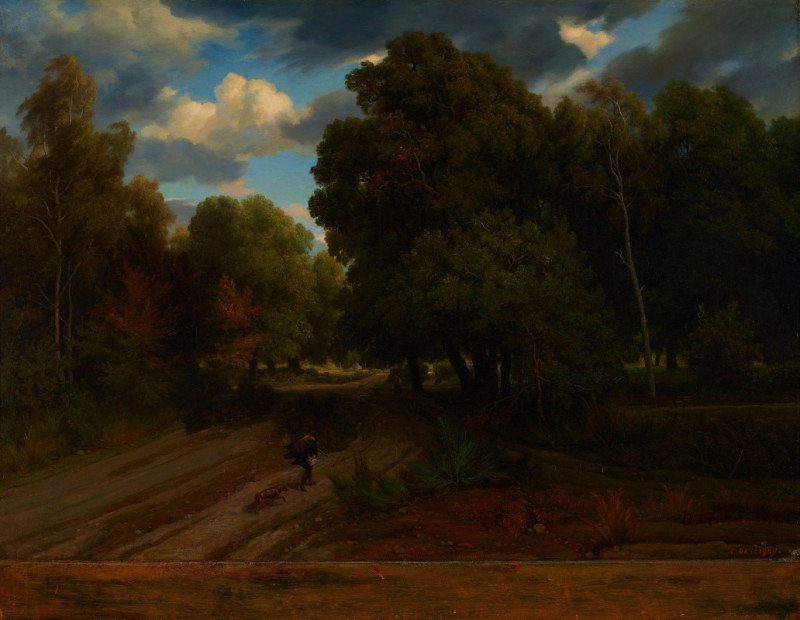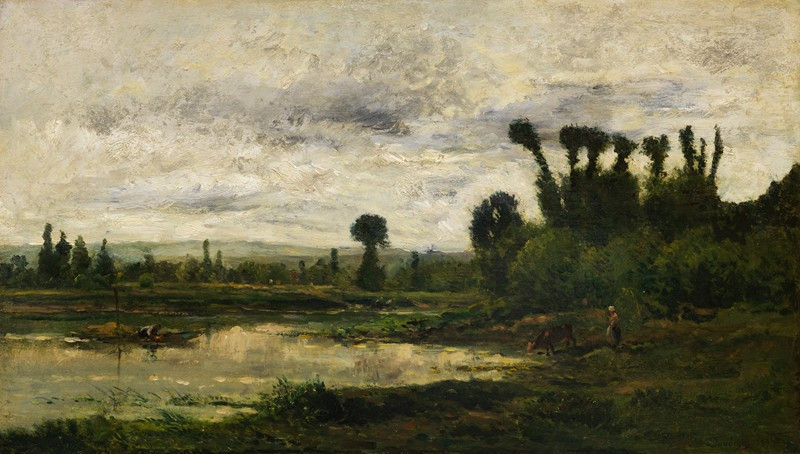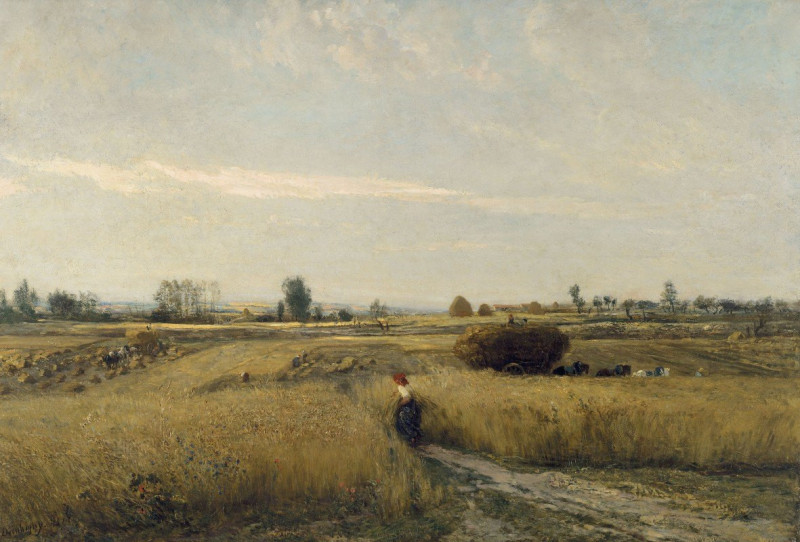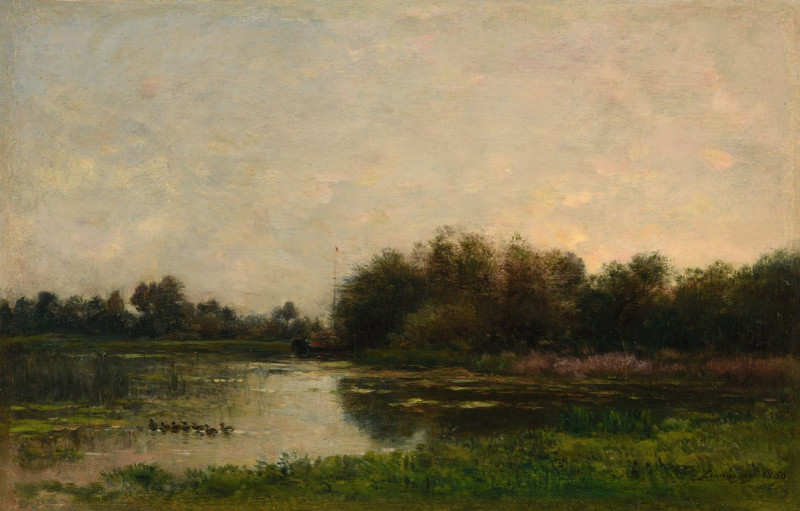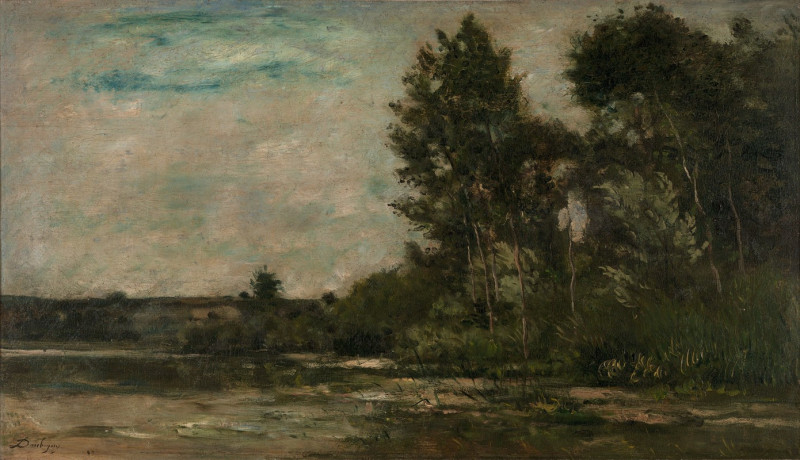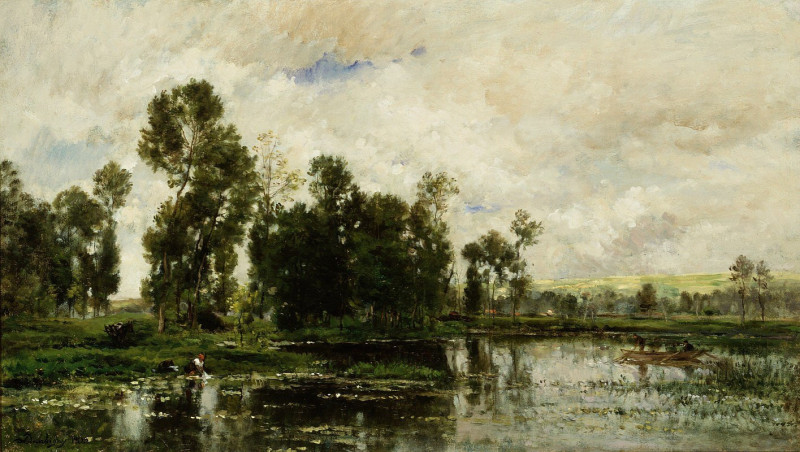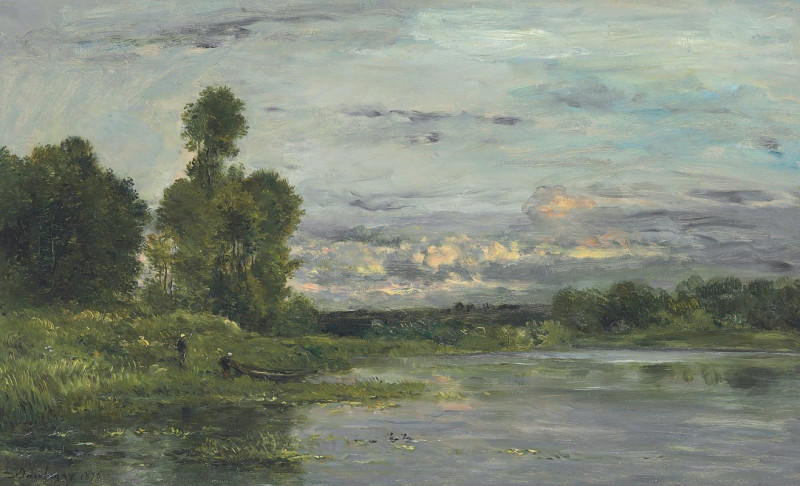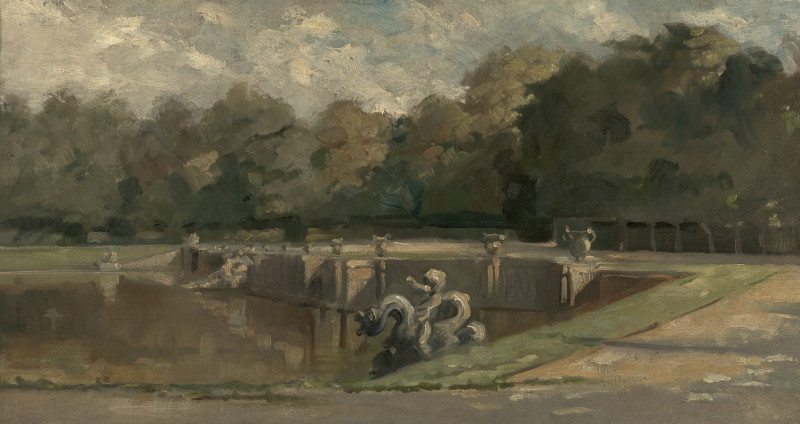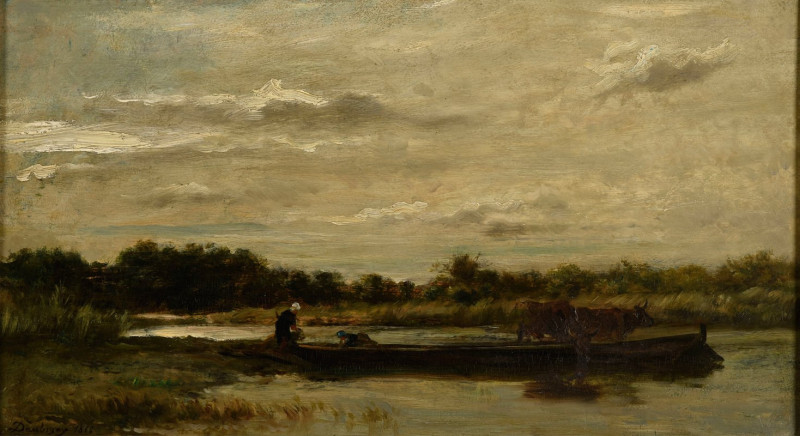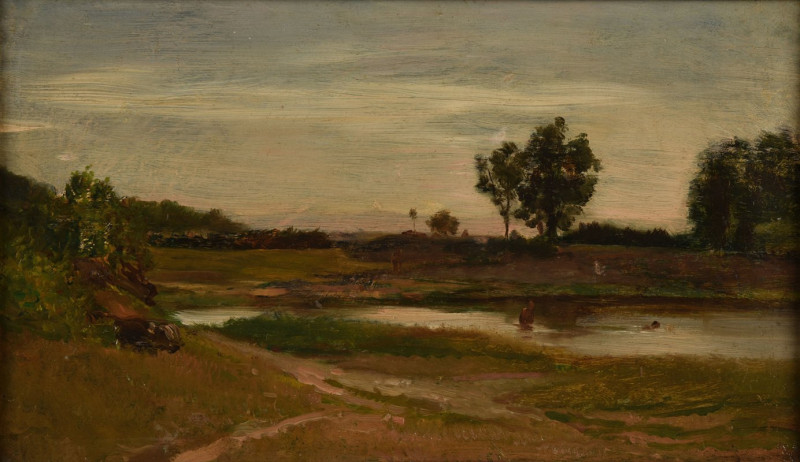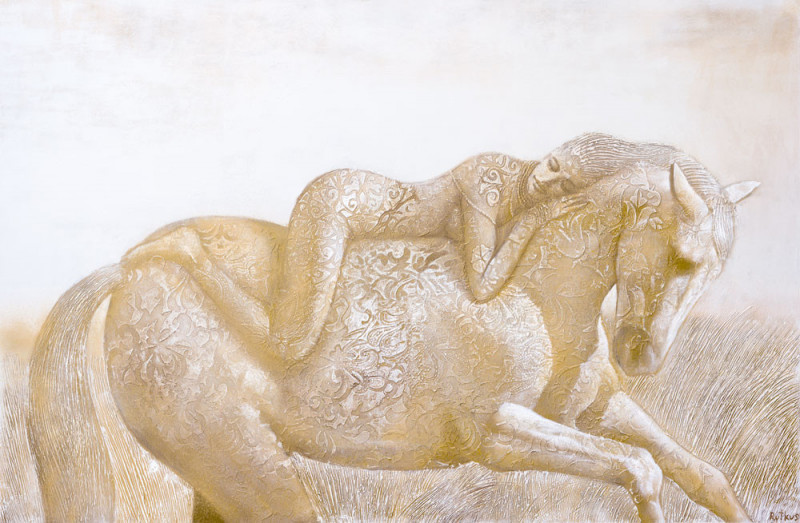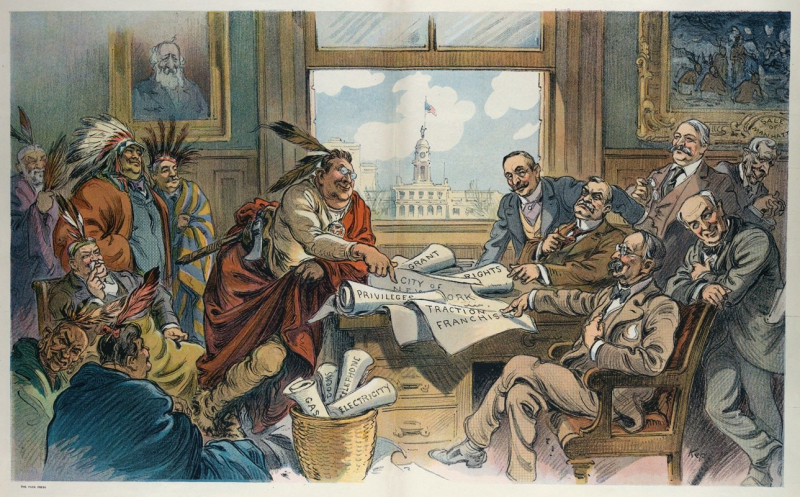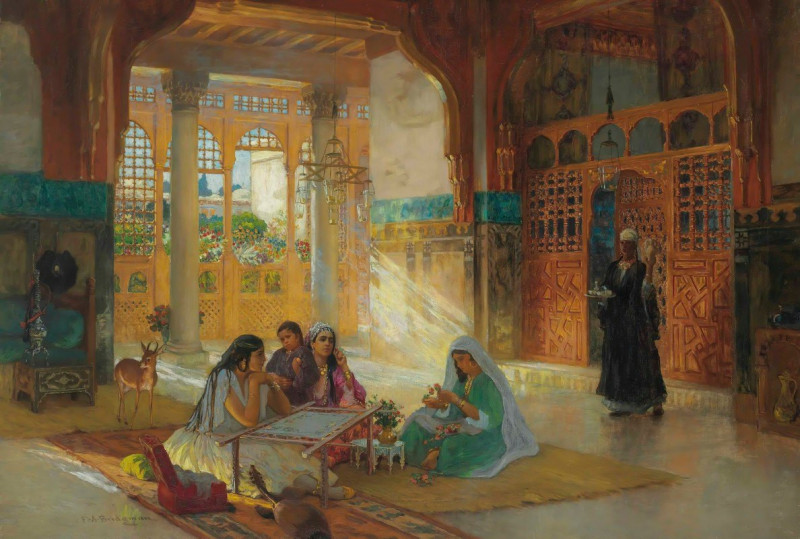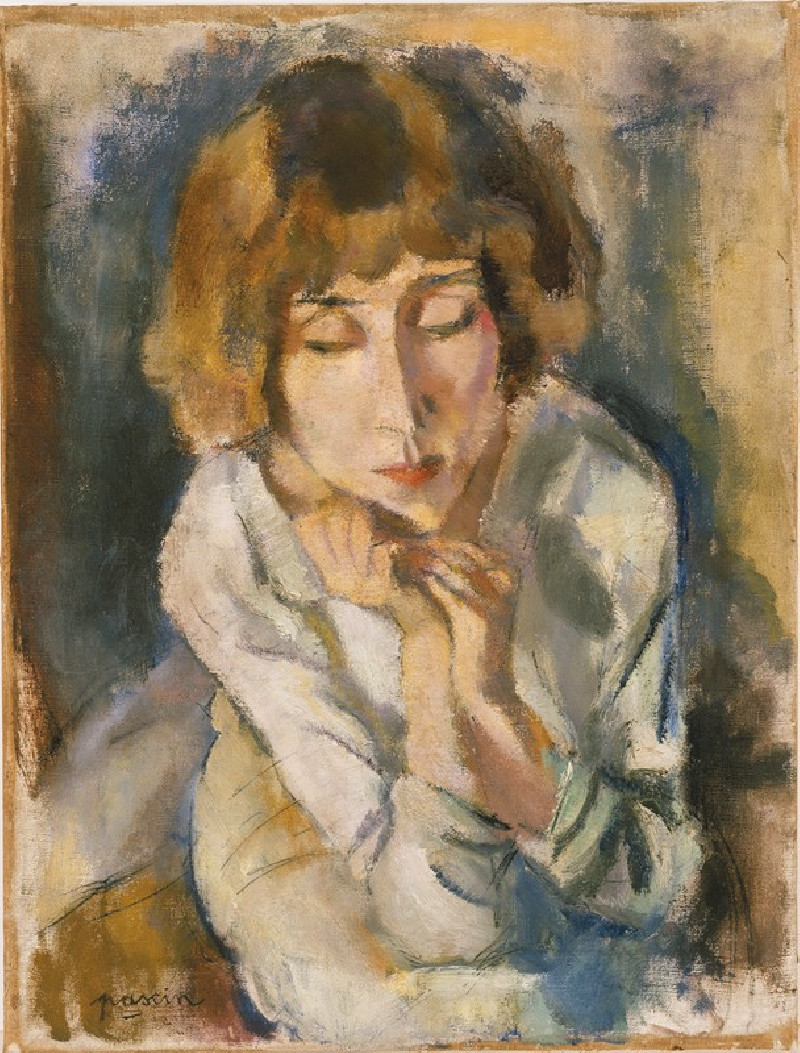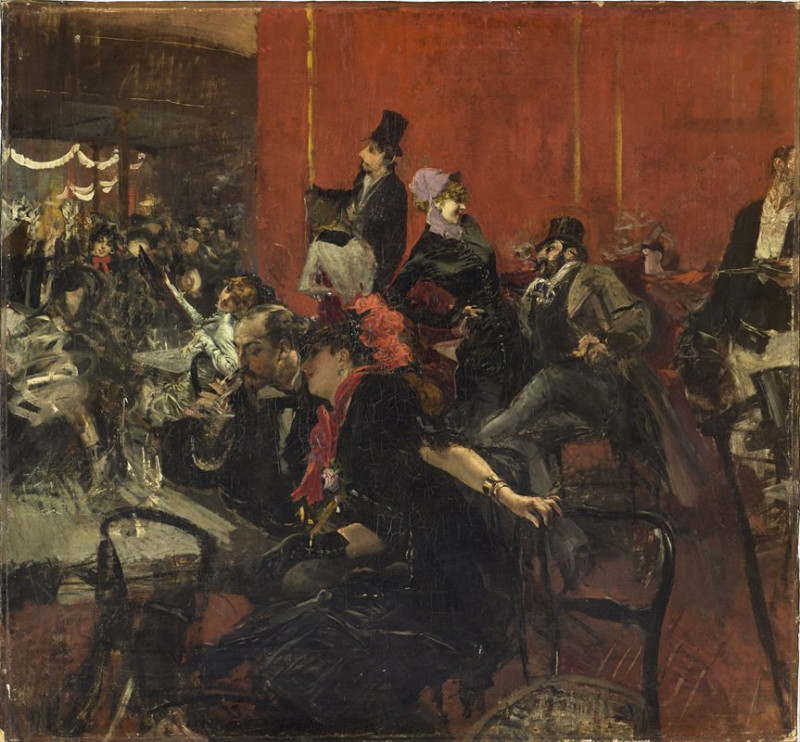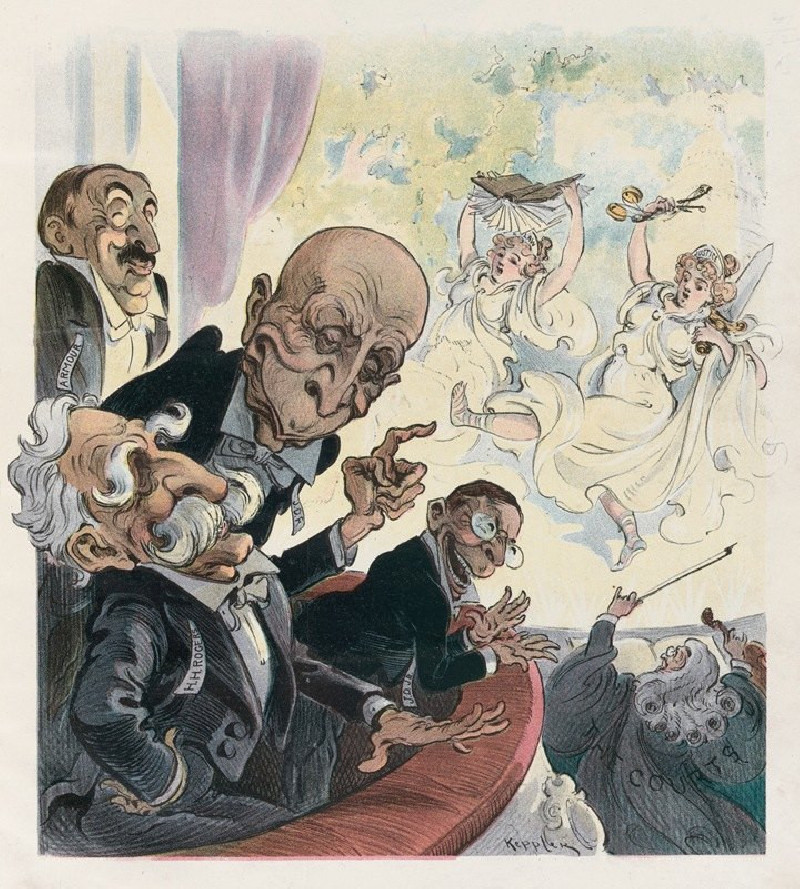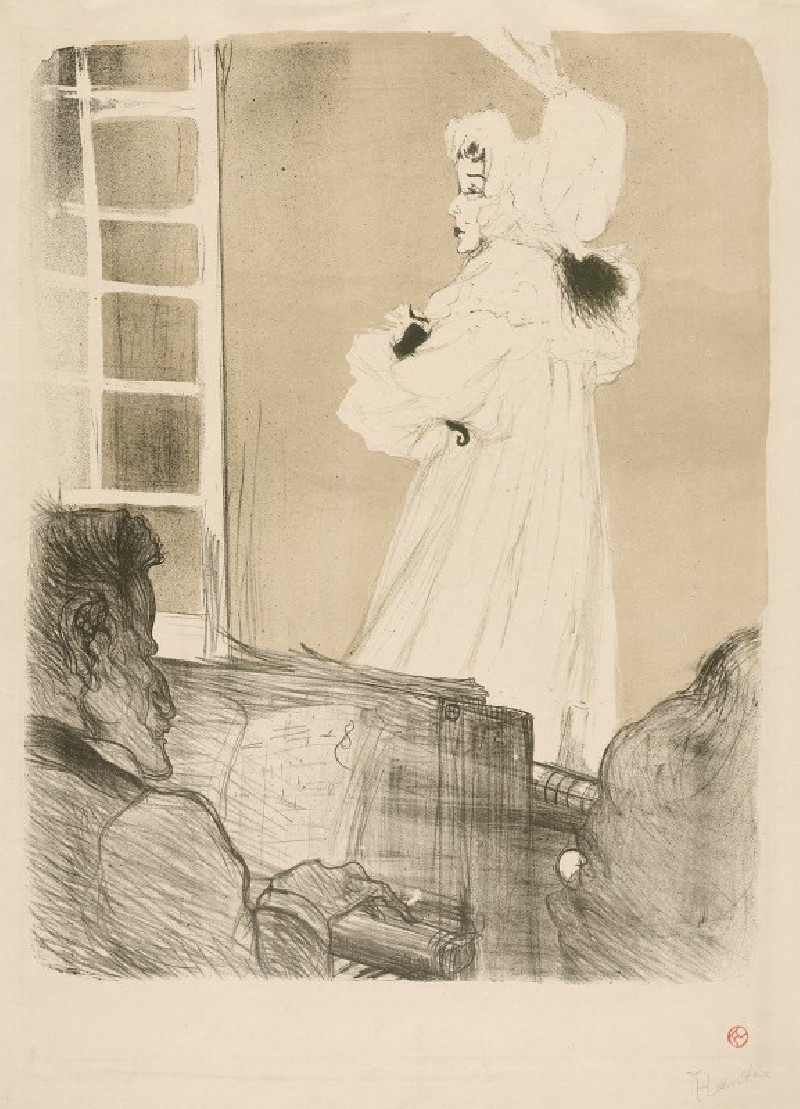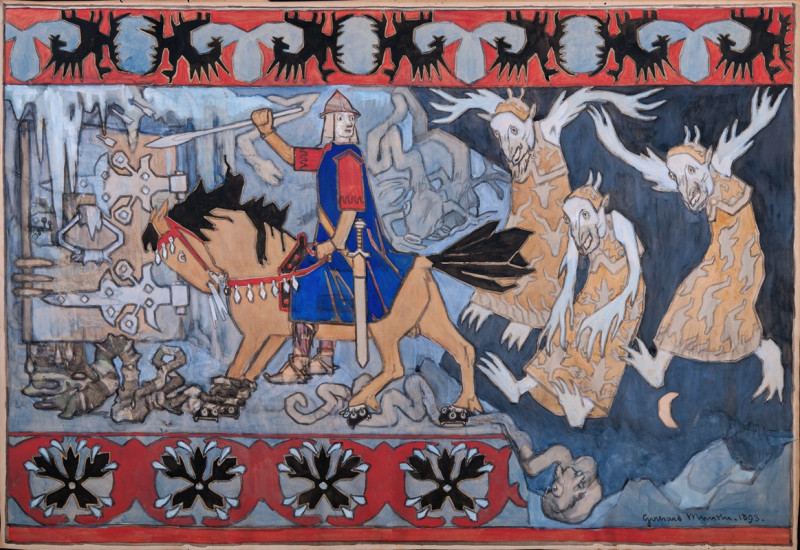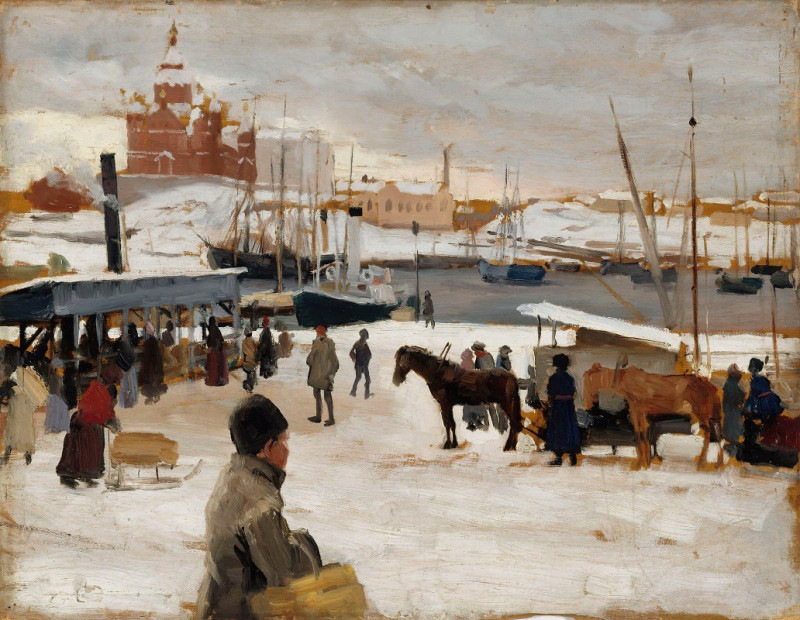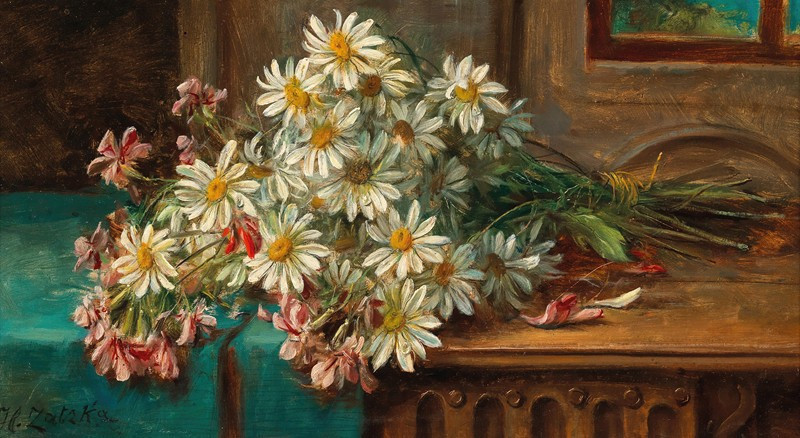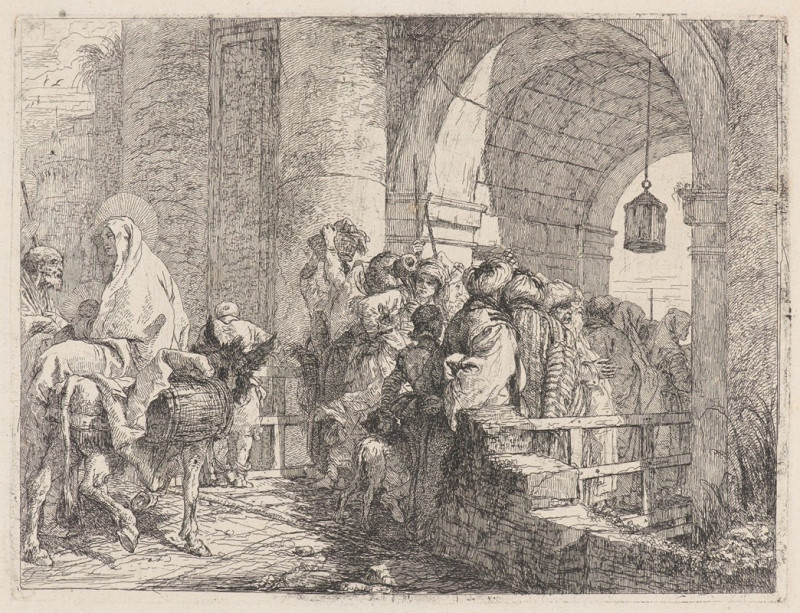A Pond in the Morvan (1869)
Technique: Giclée quality print
Recommended by our customers
More about this artwork
Experience the serene beauty of "A Pond in the Morvan," a captivating landscape work painted in 1869 by the renowned French artist Charles François Daubigny. Daubigny, a pivotal figure in the Barbizon school and a precursor of the Impressionists, was celebrated for his enchanting river and pastoral scenes that beautifully encapsulate the tranquil essence of the French countryside.In this painting, Daubigny masterfully portrays a secluded pond nestled within the lush landscapes of Morvan, a rural and hilly region in Burgundy. The composition focuses on the dense, rich greenery surrounding the water. The right side of the canvas is dominated by a thick grove of trees, their dense leaves painted in various shades of green, suggesting the fullness of life hidden within. The trees' reflections subtly disturb the surface of the still water, blurring the line between reality and reflection, creating a mirage of the vibrant life above and beneath the water.The left side of the painting opens up slightly to reveal a distant, lighter-colored landscape under a vast, cloudy sky. This contrast between the shaded foreground and the light-drenched field beyond enhances the depth and perspective of the scene. A single bird in flight, positioned against the overcast sky, adds a sense of freedom and movement to the otherwise static, peaceful scenery.With its remarkable attention to natural detail and moody atmospheric effects, "A Pond in the Morvan" invites viewers to pause and reflect, making it a perfect contemplative piece for any lover of landscape art. This work exemplifies Daubigny's ability to draw the viewer into his idyllic portrayals of nature, marked by a fluid brushwork and a dedicated appreciation of the outdoors.
Delivery
Returns
Charles-François Daubigny (15 February 1817 – 19 February 1878) was a French painter, one of the members of the Barbizon school, and is considered an important precursor of impressionism.
He was also a prolific printmaker, mostly in etching but also as one of the main artists to use the cliché verre technique.

